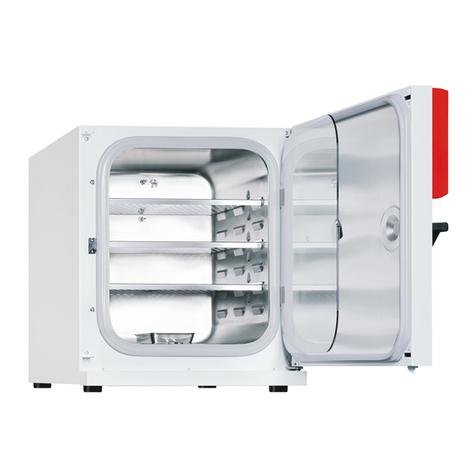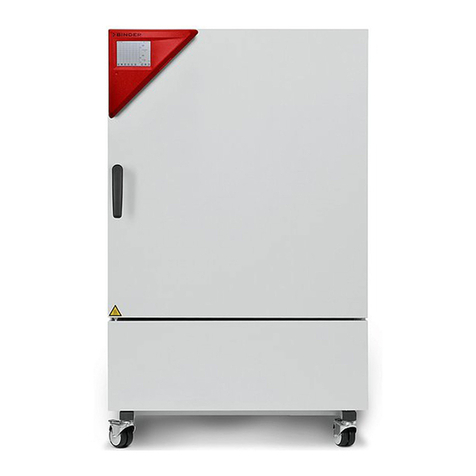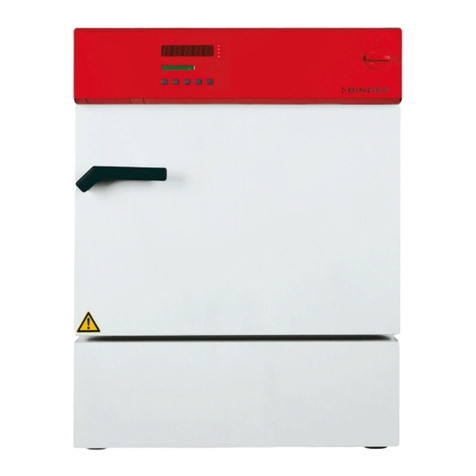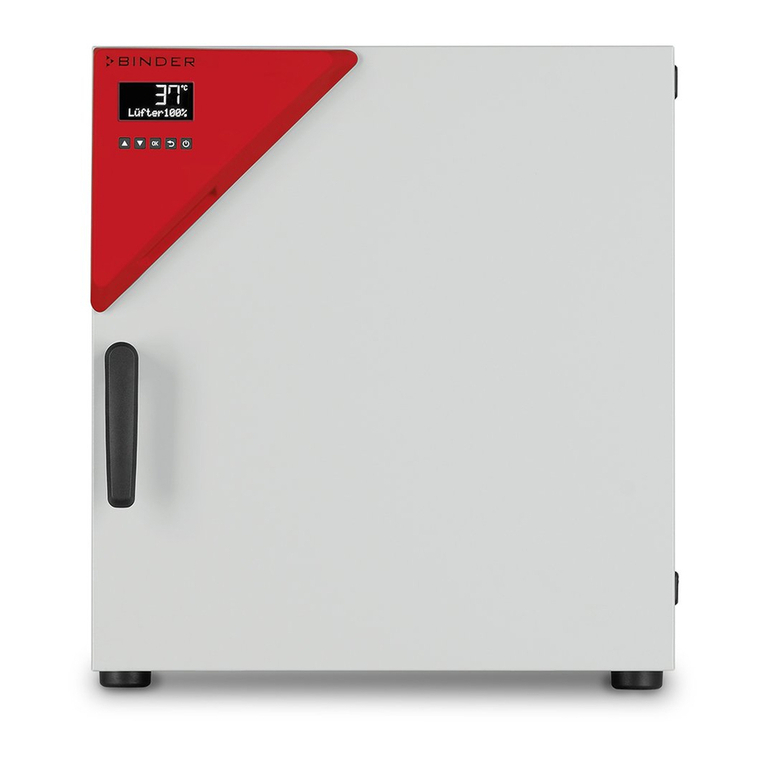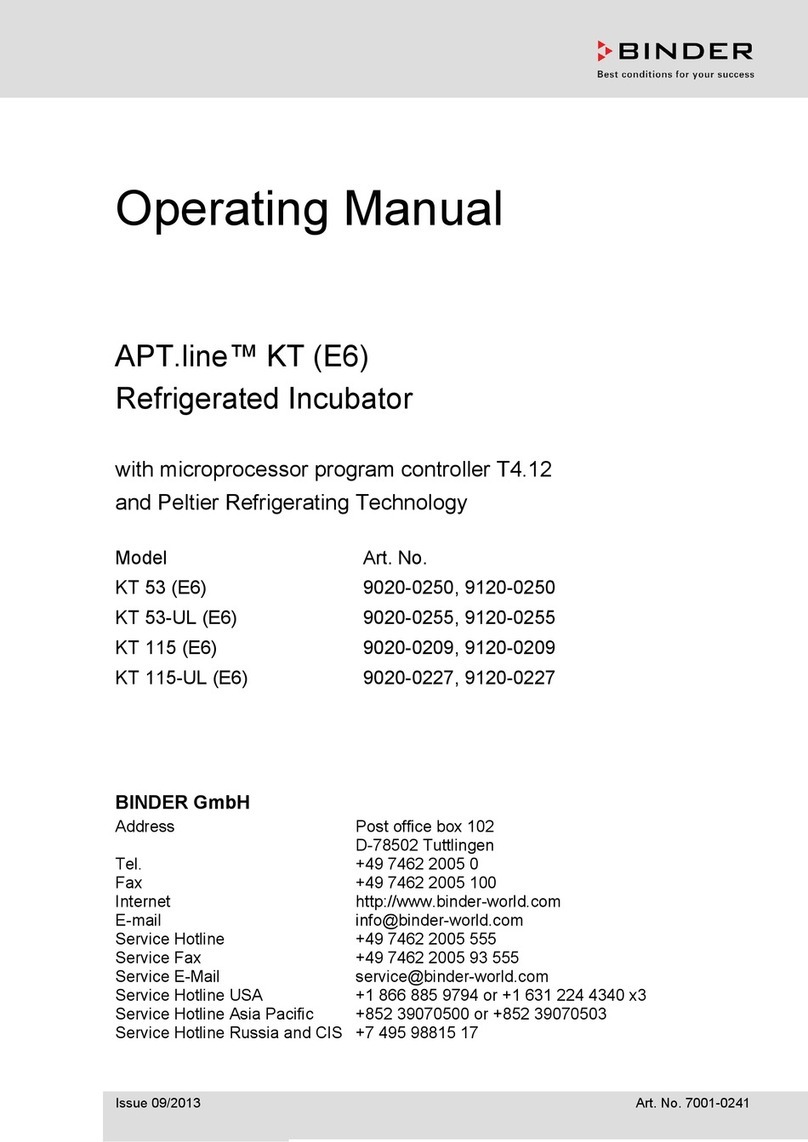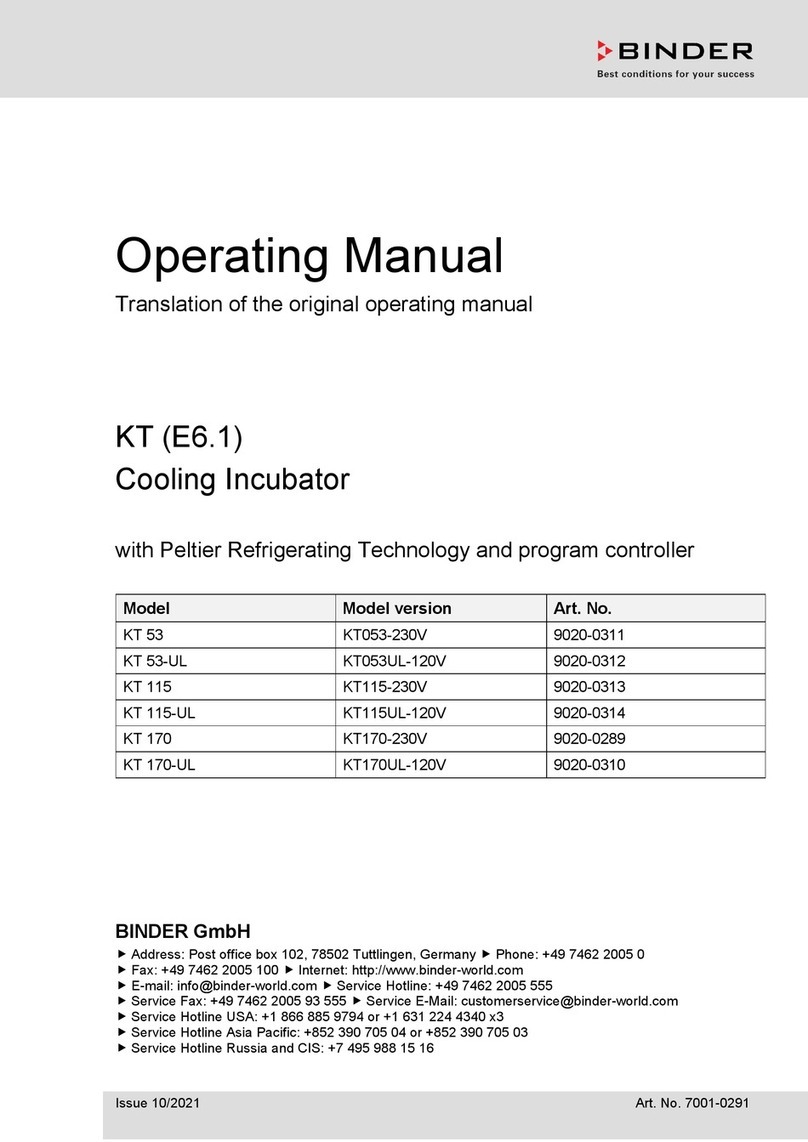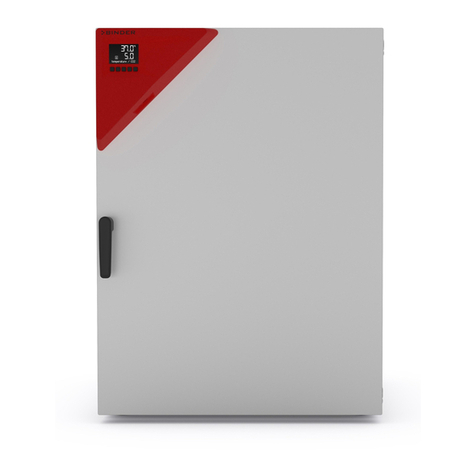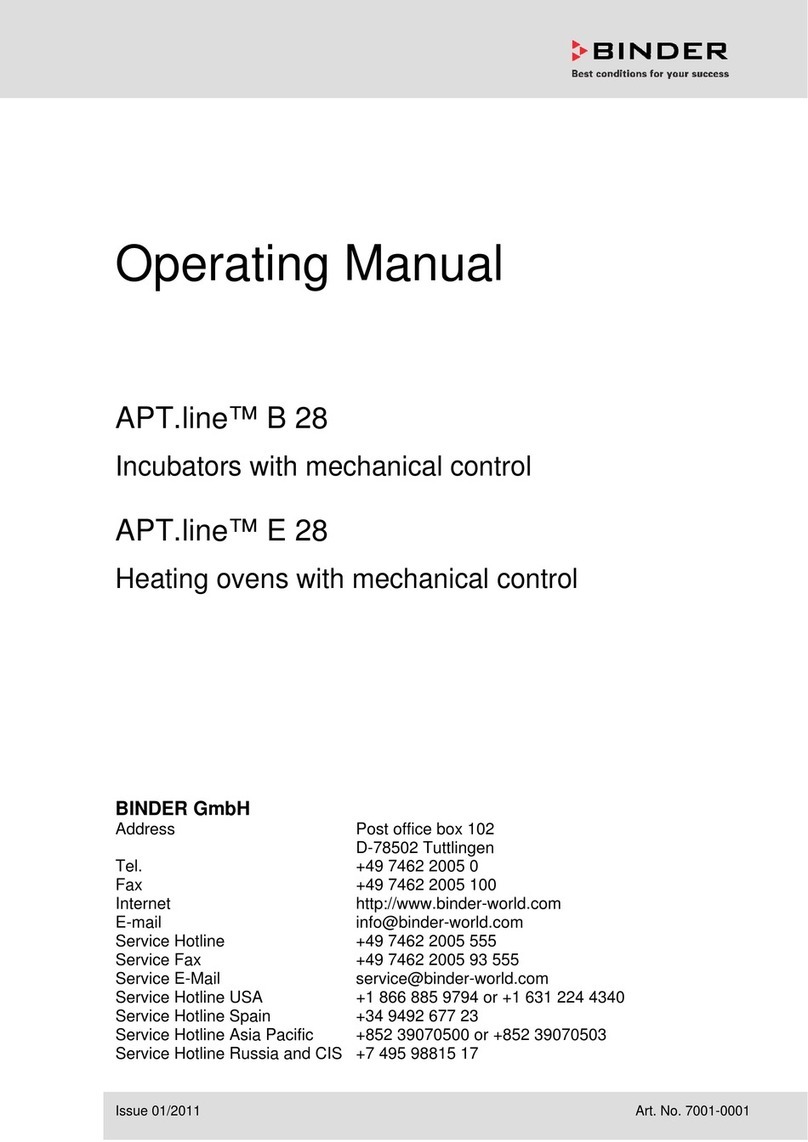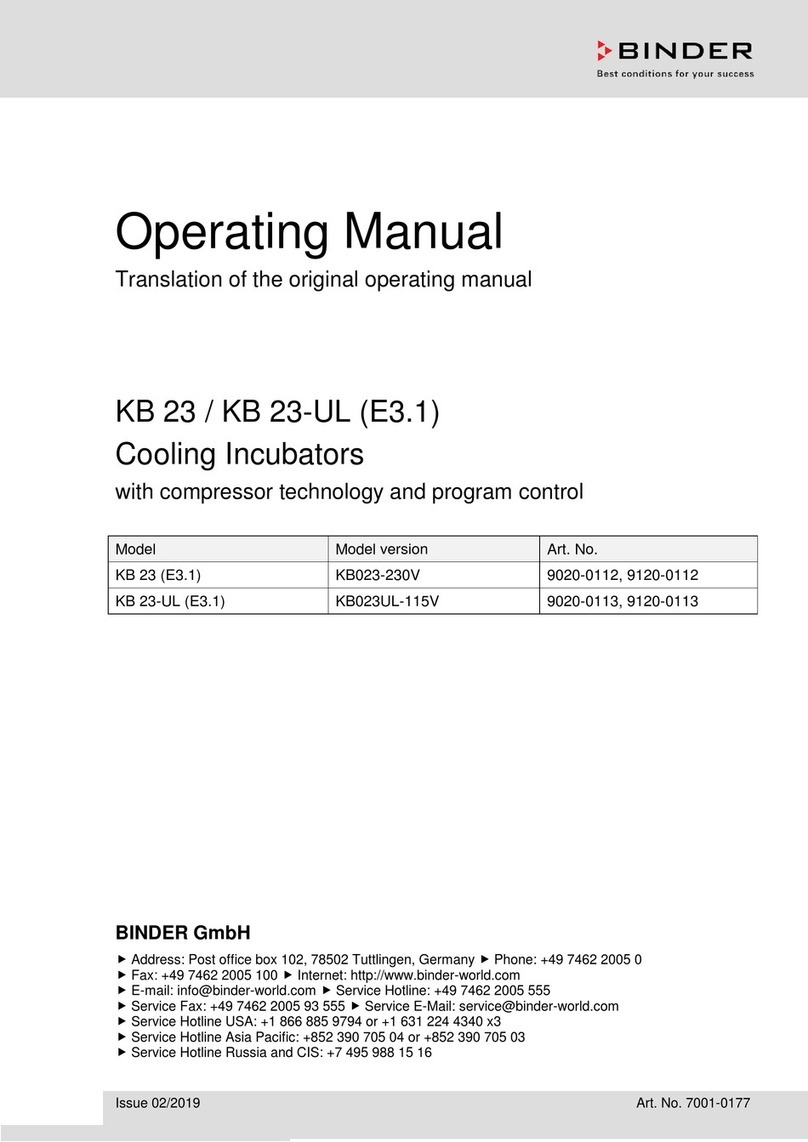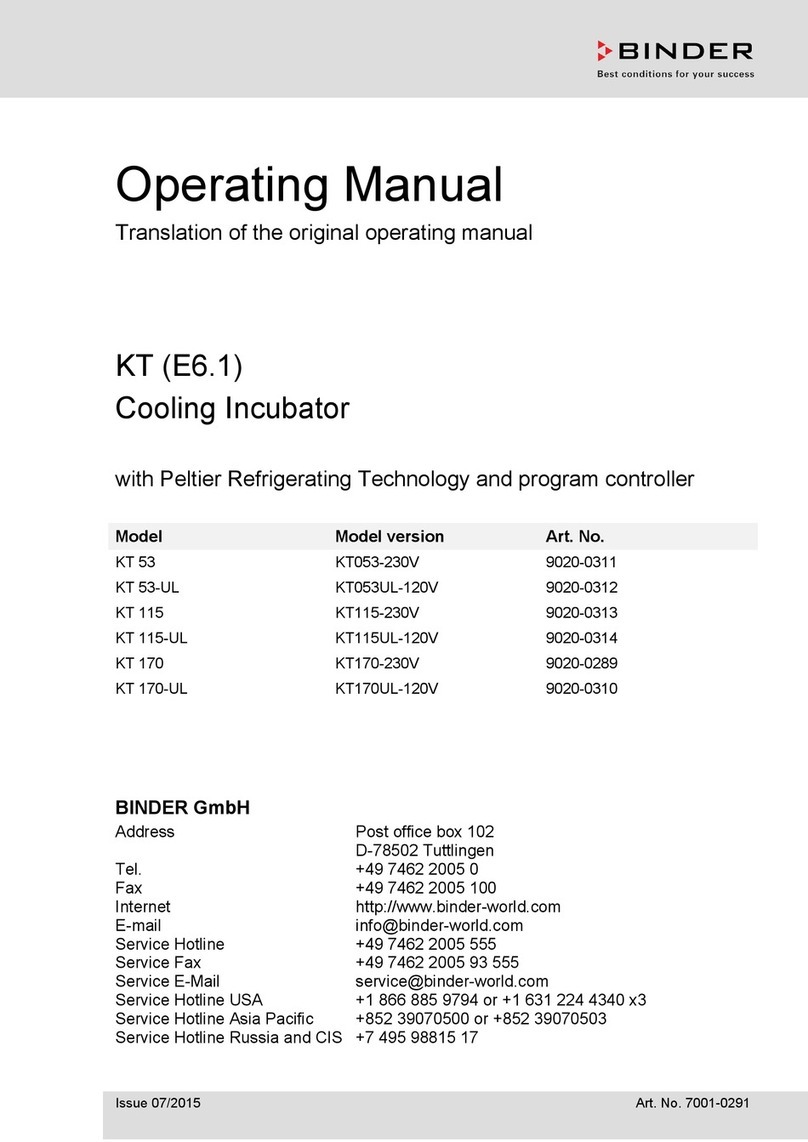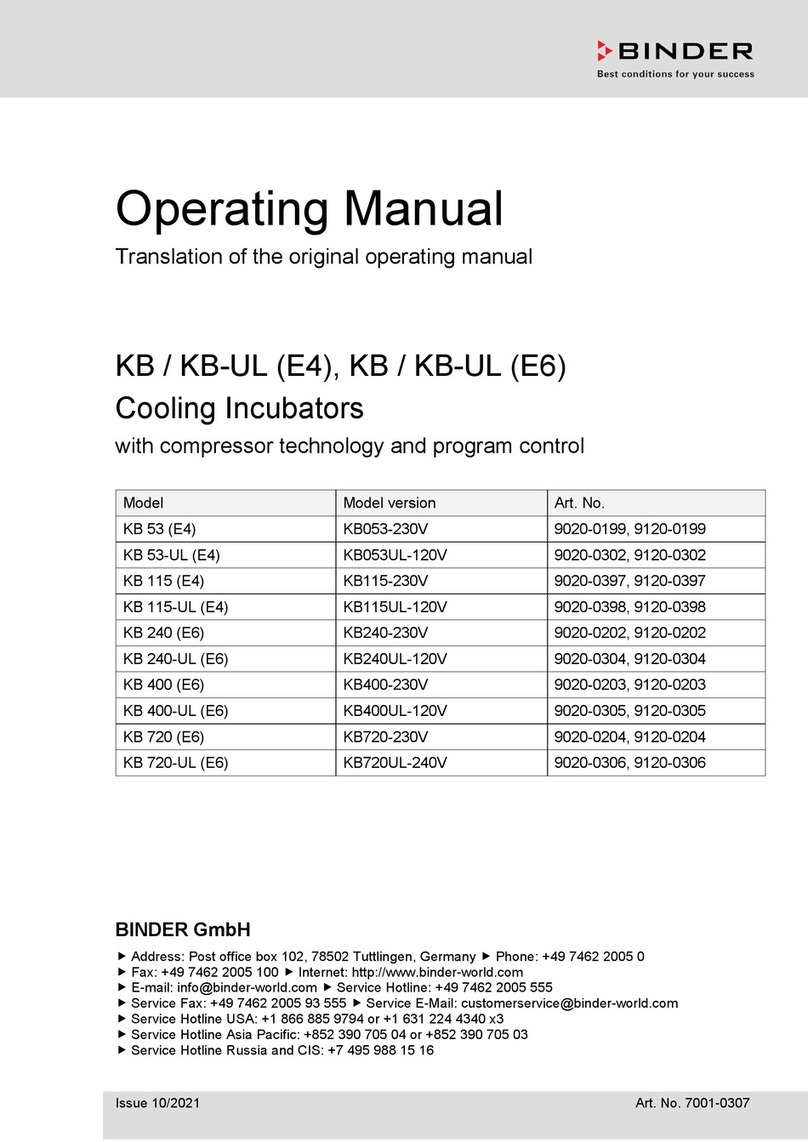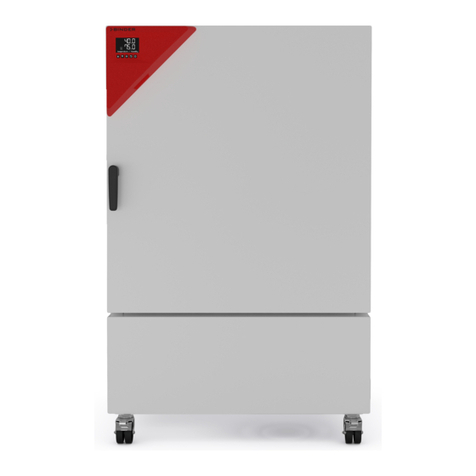
BD-S / BD-S-UL, ED-S / ED-S-UL, FD-S / FD-S-UL (E1) 03/2022 page 2/60
Content
1. SAFETY.................................................................................................................. 4
1.1 Personnel Qualification .......................................................................................................................4
1.2 Operating manual................................................................................................................................4
1.3 Legal considerations ...........................................................................................................................4
1.3.1 Intellectual property ...................................................................................................................5
1.4 Structure of the safety instructions......................................................................................................5
1.4.1 Signal word panel......................................................................................................................5
1.4.2 Safety alert symbol ....................................................................................................................6
1.4.3 Pictograms.................................................................................................................................6
1.4.4 Word message panel structure .................................................................................................7
1.5 Localization / position of safety labels on the chamber ......................................................................7
1.6 Type plate............................................................................................................................................8
1.7 General safety instructions on installing and operating the chambers ...............................................9
1.8 Intended use .....................................................................................................................................10
1.9 Foreseeable Misuse..........................................................................................................................12
1.10 Residual Risks ..................................................................................................................................12
2. CHAMBER DESCRIPTION .................................................................................. 14
2.1 Chamber overview ............................................................................................................................14
2.2 Triangular instrument panel ..............................................................................................................15
3. COMPLETENESS OF DELIVERY, TRANSPORTATION, STORAGE, AND
INSTALLATION.................................................................................................... 16
3.1 Unpacking, and checking equipment and completeness of delivery ................................................16
3.2 Guidelines for safe lifting and transportation.....................................................................................16
3.3 Storage..............................................................................................................................................17
3.4 Location of installation and ambient conditions ................................................................................17
4. INSTALLATION.................................................................................................... 18
4.1 Installing the racks ............................................................................................................................18
4.2 Connection to an exhaust/ventilation system (optional) ...................................................................18
4.3 Electrical connection .........................................................................................................................19
5. R-S CONTROLLER OVERVIEW.......................................................................... 20
5.1 Menu structure overview ...................................................................................................................21
6. START UP ............................................................................................................ 21
6.1 Adjusting air change..........................................................................................................................21
7. TEMPERATURE SET -POINT ENTRY ................................................................ 22
8. SELECTING THE TEMPERATURE UNIT............................................................ 22
8.1 Setting the temperature unit..............................................................................................................22
9. OVERTEMPERATURE PROTECTION ................................................................ 23
9.1 Overtemperature protective device (class 1) ....................................................................................23
9.2 Safety controller ................................................................................................................................23
9.2.1 Setting the safety controller.....................................................................................................23
9.2.2 Alarm message and proceeding in case of an alarm ..............................................................24
10. TIMER FUNCTION “DELAYED OFF” ................................................................. 25
10.1 Setting the timer run-time..................................................................................................................25
